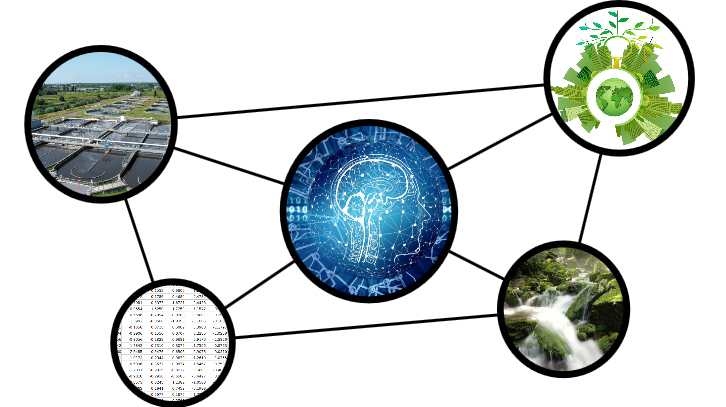Artificial Neural Network Application to Support Plant Operation in the Wastewater Industry

In an increasingly polluted world, where the climate change is becoming a reality, and where also the perspectives show that water will become a scarce element, it is vitally important to reduce its pollution as well as to avoid its wastage. The Wastewater Treatment Plants (WWTP) are a clear example of the water management. They are devoted to reducing the water pollution adopting highly-complex chemical and biochemical processes. Besides, some products such as the ammonium (NH), which are counterproductive for the aquatic life in high concentrations, are generated in the pollutant reduction processes. For that reason, certain industrial control strategies are considered to assure that these products are placed below the limits established by the administration, and therefore, they do not represent a threat to the environment.
In such a context, artificial neural networks are considered to determine when and which control strategy has to be applied. Firstly, Long-Short Term Memory cells, a type of networks specialised in modelling time-series signals are considered to implement a soft-sensor able to model the WWTP behaviour. Moreover, they will provide the soft-sensor with a predictive part able to predict pollutant concentrations considering only the input ones. Thus, the reduction of pollutant concentrations and their derived costs can be performed in advance in a more efficiently and automatic manner. Applying this, the power consumption as well as the operational costs have been reduced a 30% approximately.
Neural networks have also been considered in the development of a control strategy in charge of maintaining certain components of the WWTP reactor tanks at a desired level. This is the case of the control strategy in charge of regulating the dissolved oxygen of the last WWTP reactor tank. It adopts two neural networks to model the direct and inverse relationships between the inputs and outputs of the tanks. This is the case of the controller in charge of regulating the dissolved oxygen of the WWTP reactors, which uses two neural networks capable of modeling the dynamics of the chemical process that takes place in the plant, as well as generating other dynamic elements based on these models that are necessary to be able to design advanced operation strategies. Results show a reduction of the control error around a 16% and, in both cases, show an improvement in the WWTP environment achieving an improvement in the water quality and in the WWTP power consumption.
Departament de Telecomunicació i Enginyeria de Sistemes
Universitat Autònoma de Barcelona

